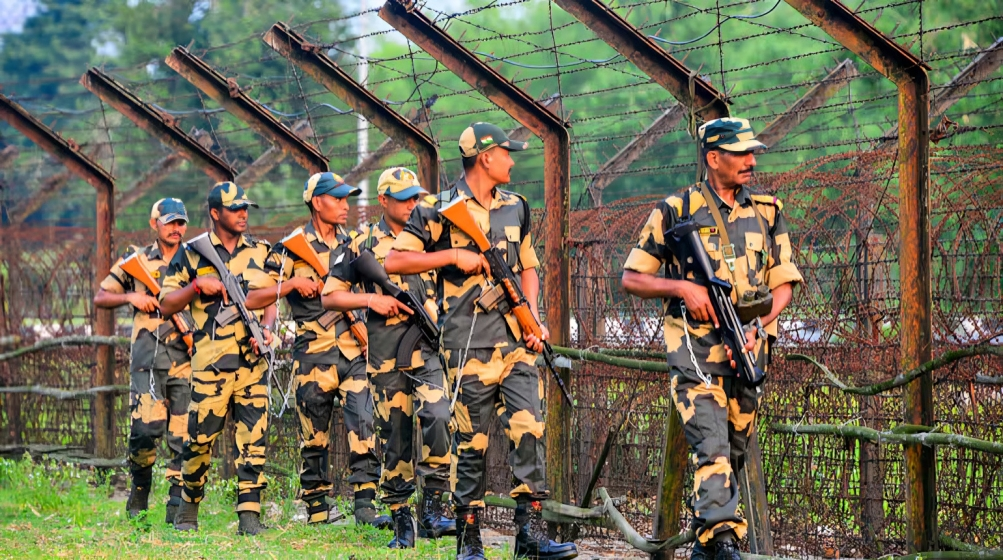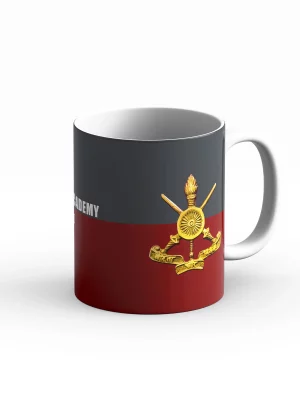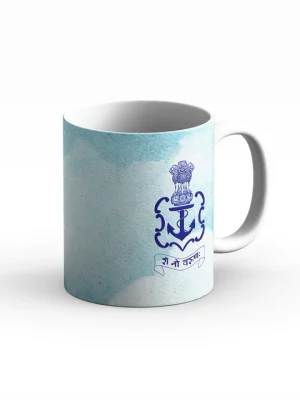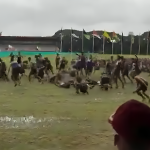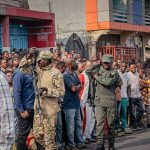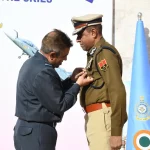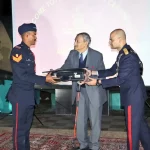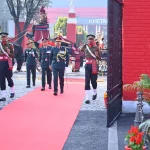In a significant step towards modernizing border surveillance, the Border Security Force (BSF) has started equipping its personnel along the Indo-Bangladesh border with body-worn cameras (BWCs). These devices are expected to strengthen transparency in border operations, deter illegal activities, and serve as electronic evidence in case of disputes or allegations of excessive force.
According to officials, 2,500 body-worn cameras have already been distributed to BSF personnel, with an additional 2,500 units to be deployed in the coming weeks. The compact, battery-operated digital cameras come with night-recording capabilities and are attached to uniform shirts or winter jackets. They will be used to record arrests, pushbacks of illegal immigrants, smugglers’ movements, and any incidents involving attacks or disagreements during patrolling.
The decision to introduce these cameras comes in response to a rise in cross-border incidents. In 2024, there were 77 recorded attacks on BSF troops along the Indo-Bangladesh border. In the first half of 2025 alone, 35 such incidents have already taken place. The number of infiltration attempts has also grown. Last year, BSF apprehended 2,425 people attempting to enter India and 1,049 individuals trying to cross into Bangladesh. From January 1 to July 15 this year, 1,372 incoming and 3,536 outgoing illegal movements have been detected.
Officers said the cameras will improve safety and accountability, while helping reduce false allegations made by illegal entrants or even the Border Guards Bangladesh (BGB). The footage will be crucial for internal reviews and bilateral discussions when incidents occur.
In addition to body-worn cameras, BSF has installed biometric authentication systems at high-sensitivity posts along the border. These systems are linked with the Bureau of Immigration’s Foreigners Identification Portal (FIP) and are being used to instantly verify and log the details of illegal immigrants. The goal is to create a central record to prevent repeat infiltration attempts. More than 2,500 Bangladeshi nationals have been deported in recent months through official border crossings.
India shares a 4,096-kilometre-long border with Bangladesh, touching five states — West Bengal (2,216.7 km), Assam (263 km), Meghalaya (443 km), Tripura (856 km), and Mizoram (318 km). The terrain includes riverine stretches, forested areas, and densely populated villages, making surveillance and fencing a major challenge. Of the total border length, only 3,196 km is fenced; the remaining 850 km is largely unfenced due to floods, proximity of human settlements, and geographic difficulties.
To counter these limitations, BSF has increased round-the-clock surveillance through observation posts, border floodlights, watercraft patrols, and floating border outposts.
During the BSF-BGB Director General-level talks held in February this year, India raised concerns about attacks on BSF personnel and Indian civilians by miscreants based in Bangladesh. Both sides agreed to intensify coordinated patrols, especially at night, and share real-time intelligence on trafficking networks. They also committed to assisting in the rescue and rehabilitation of human trafficking victims.
The introduction of body-worn cameras is being seen as a step toward fulfilling those commitments and reducing the scope for conflict or miscommunication during sensitive cross-border operations.

